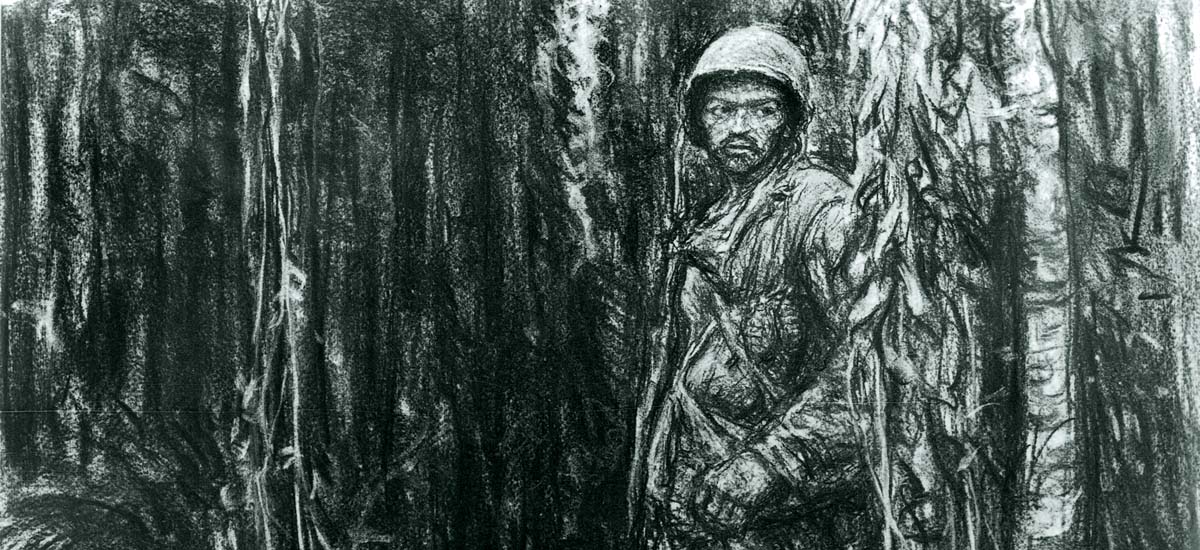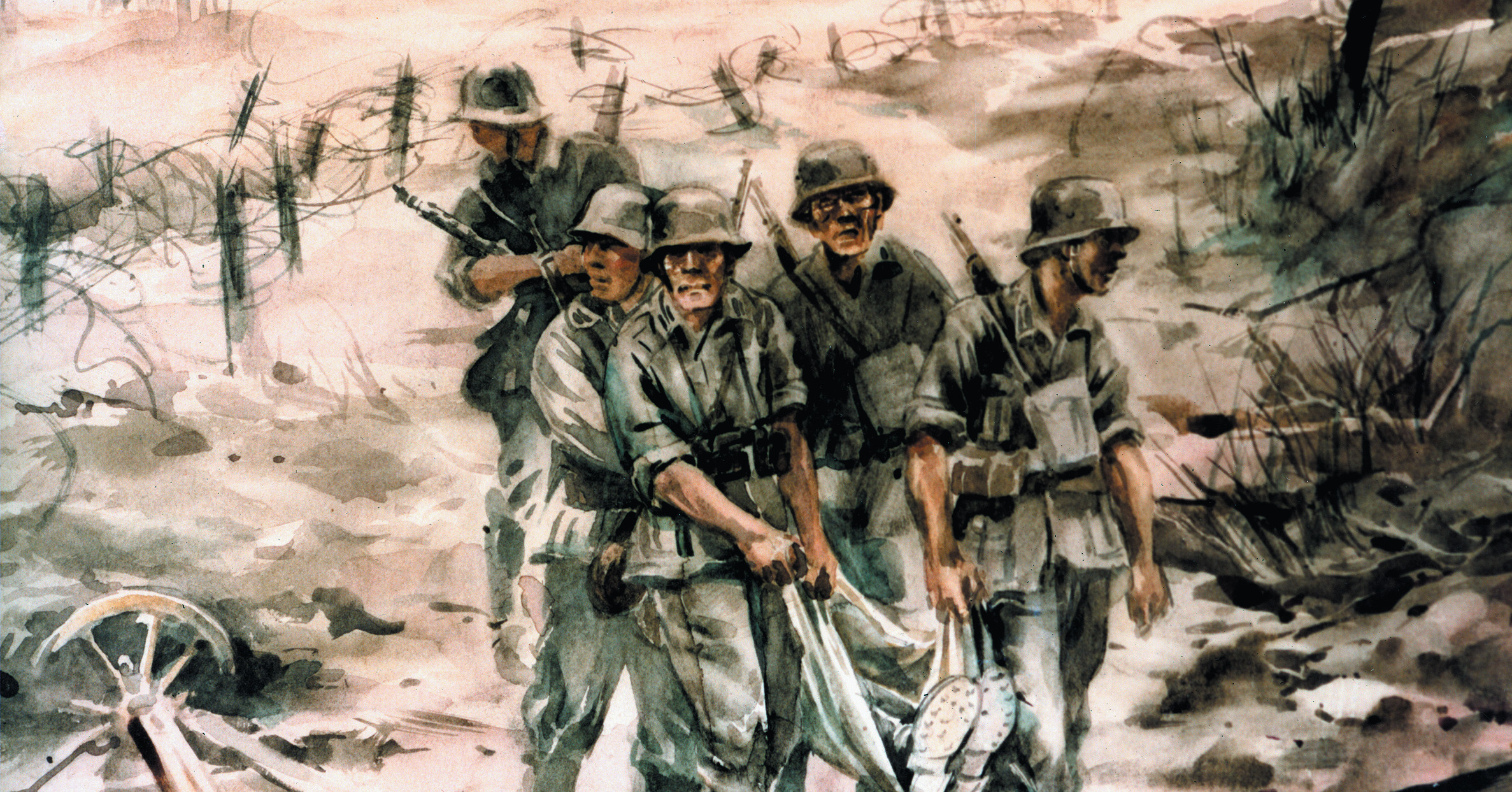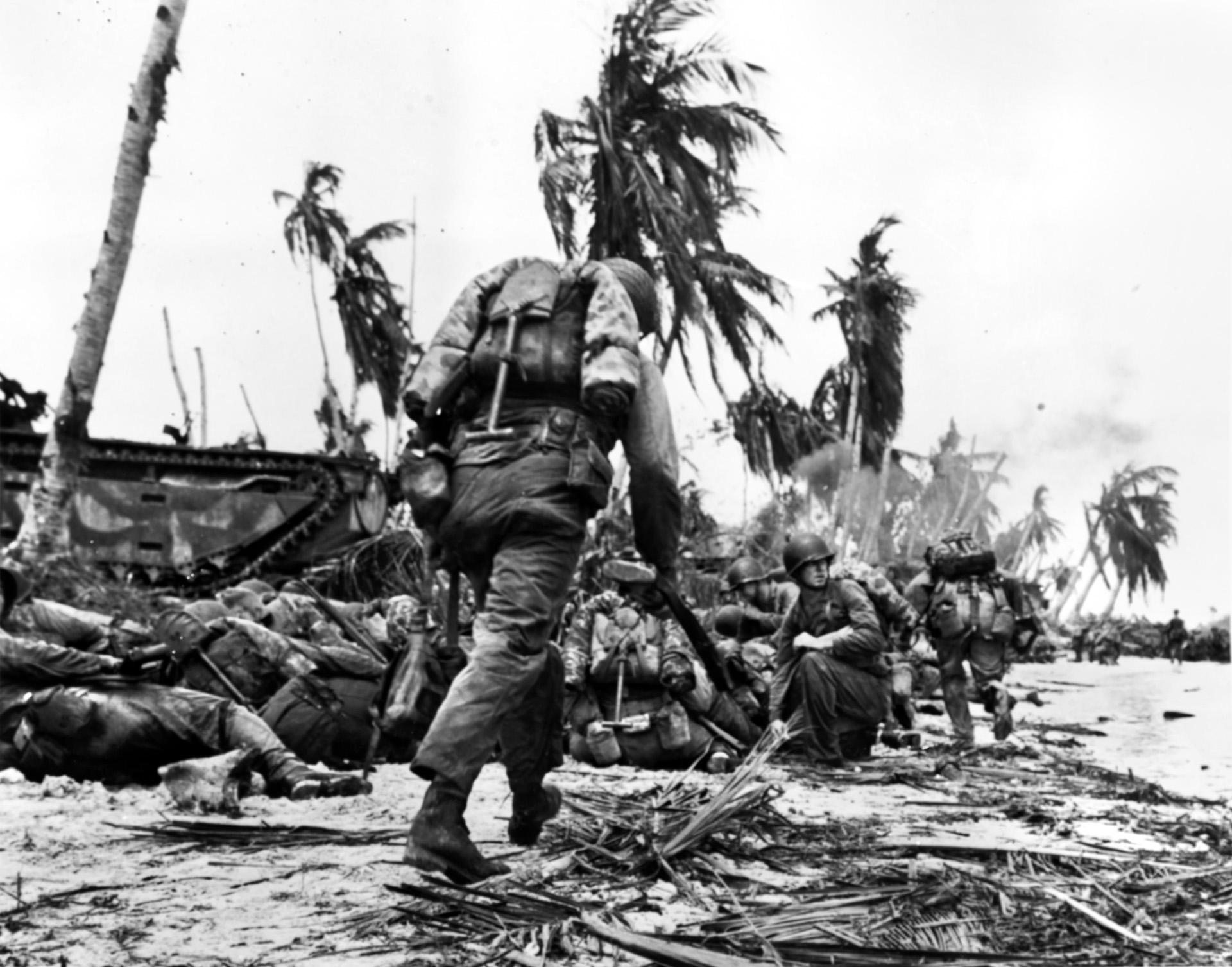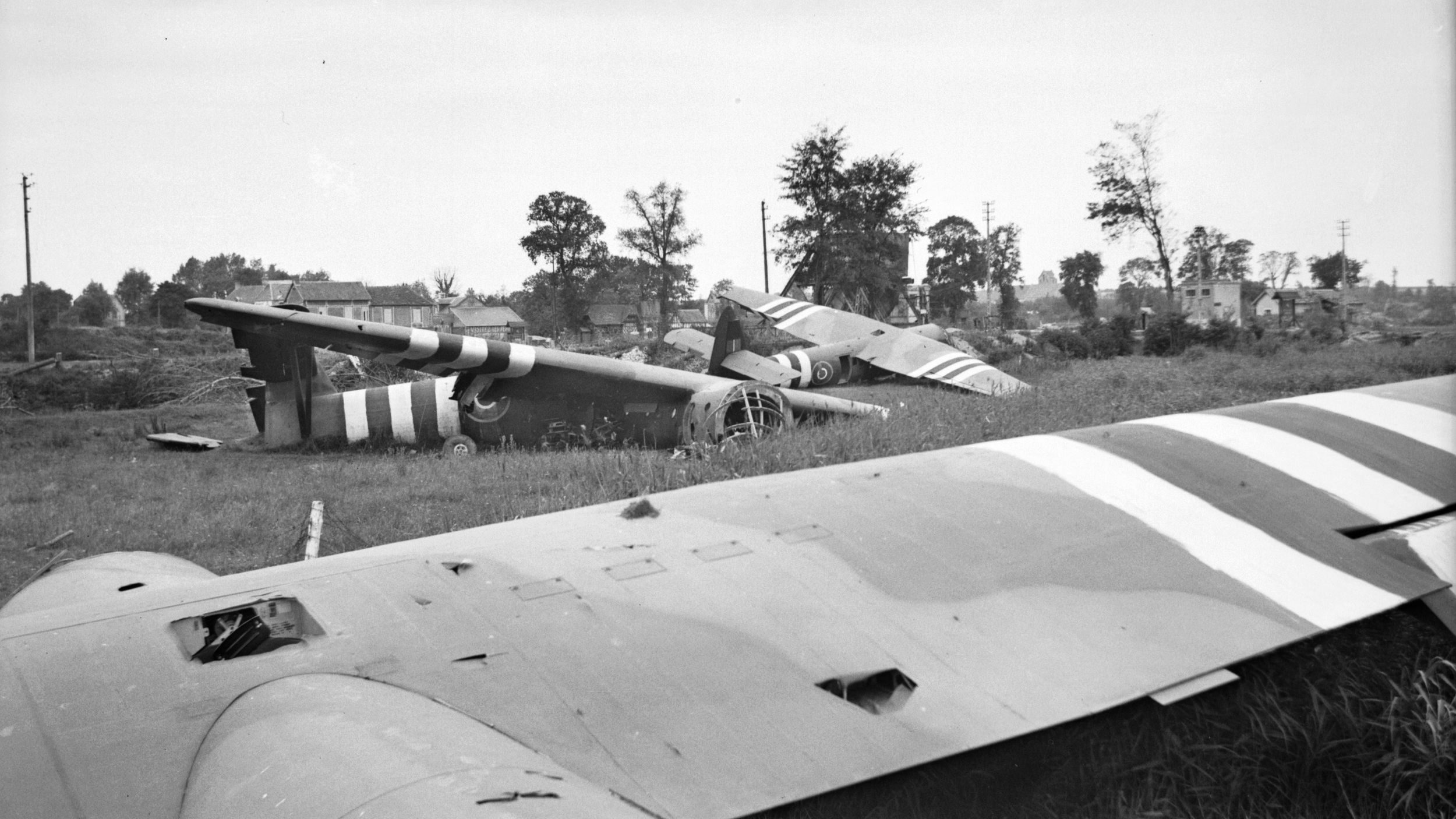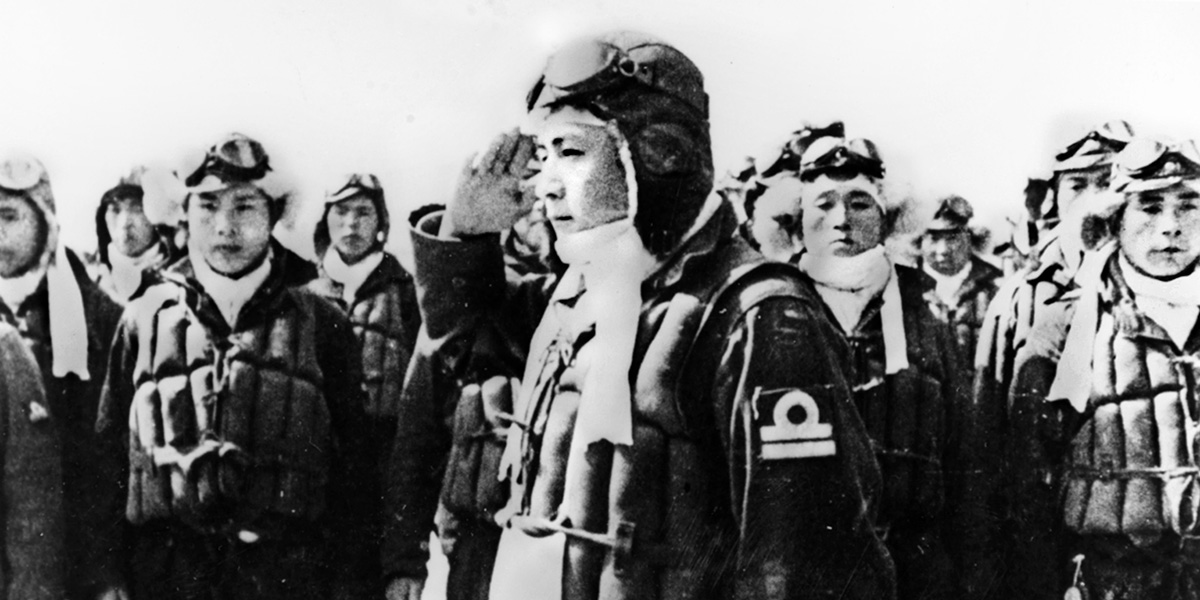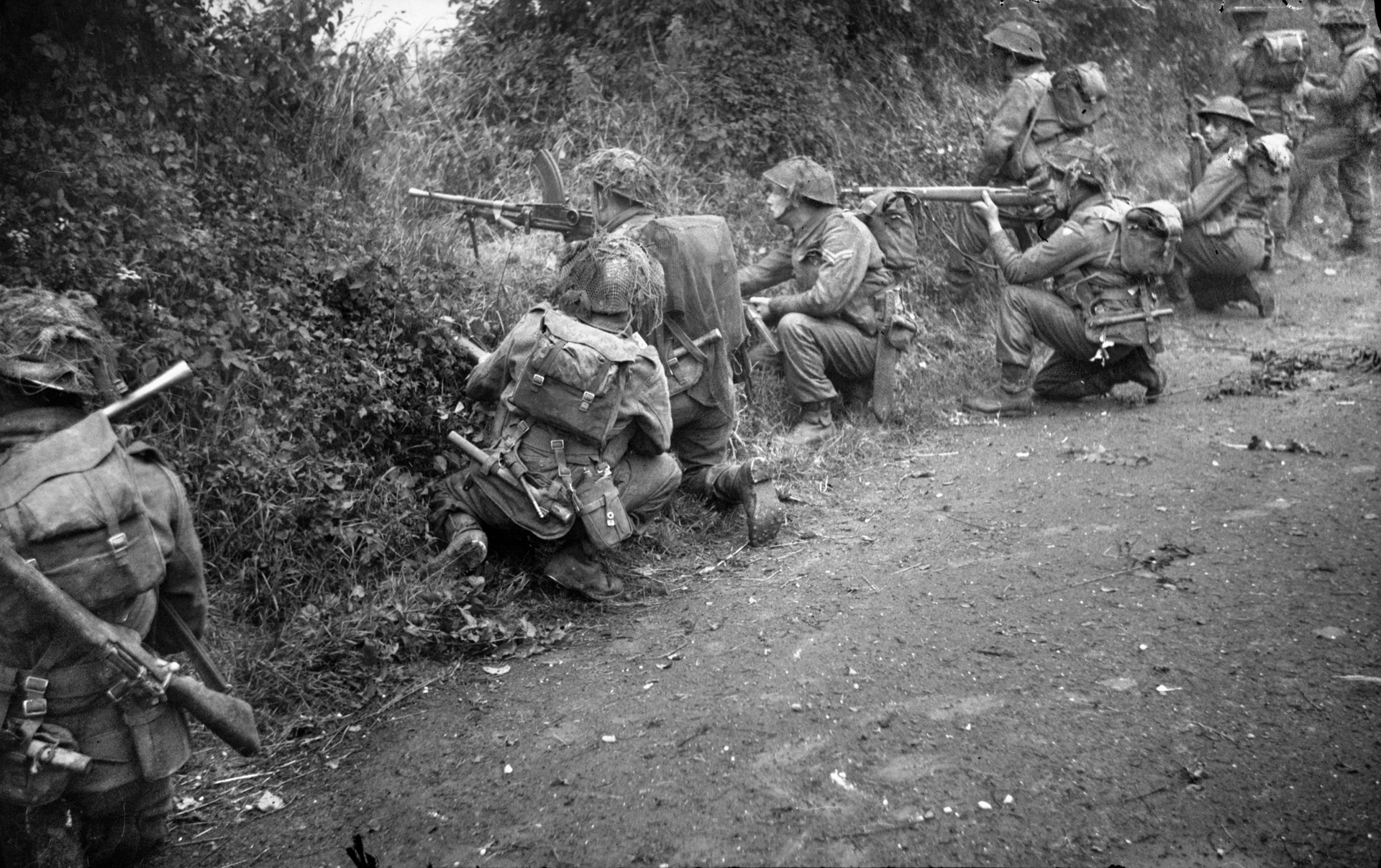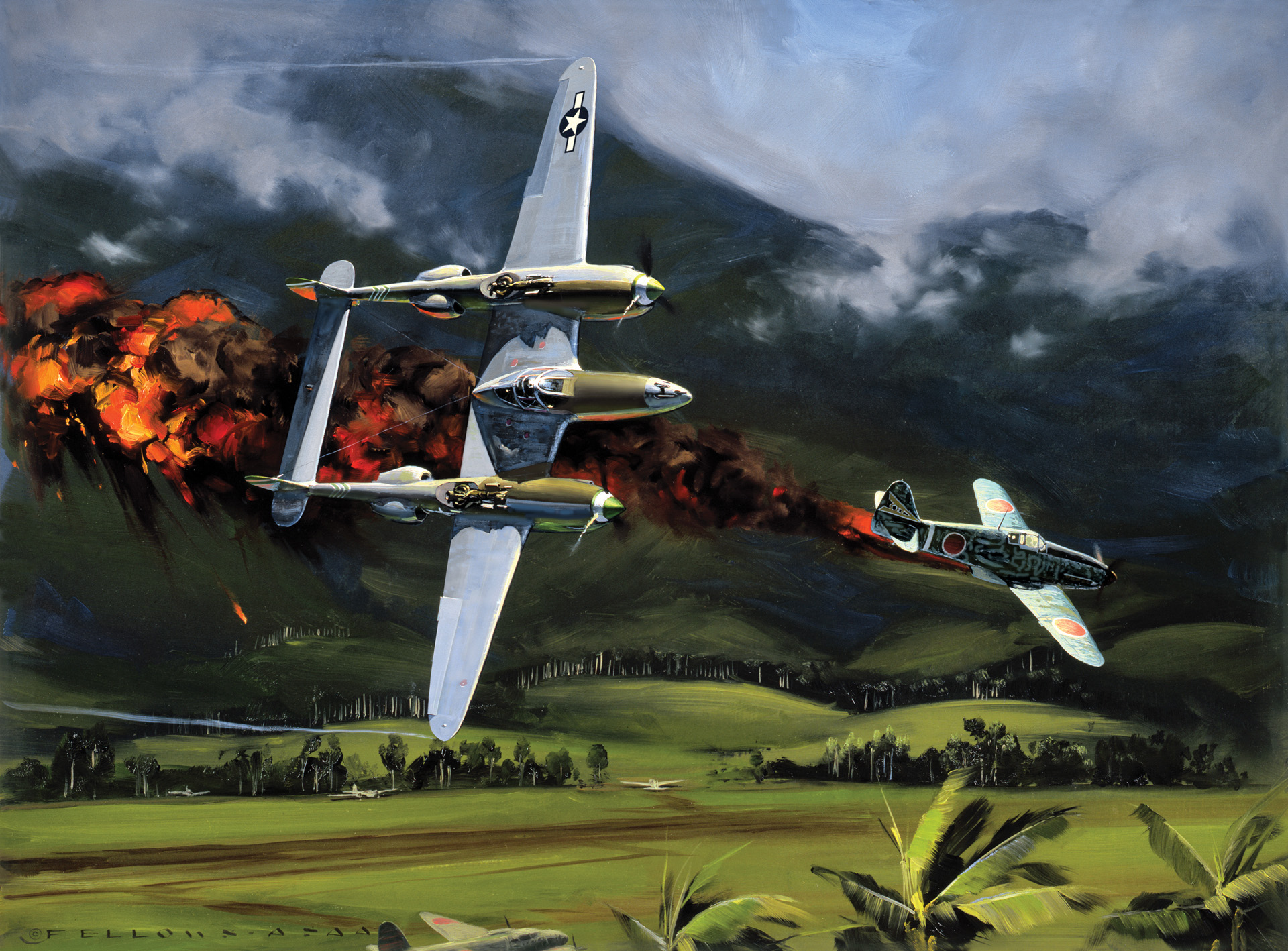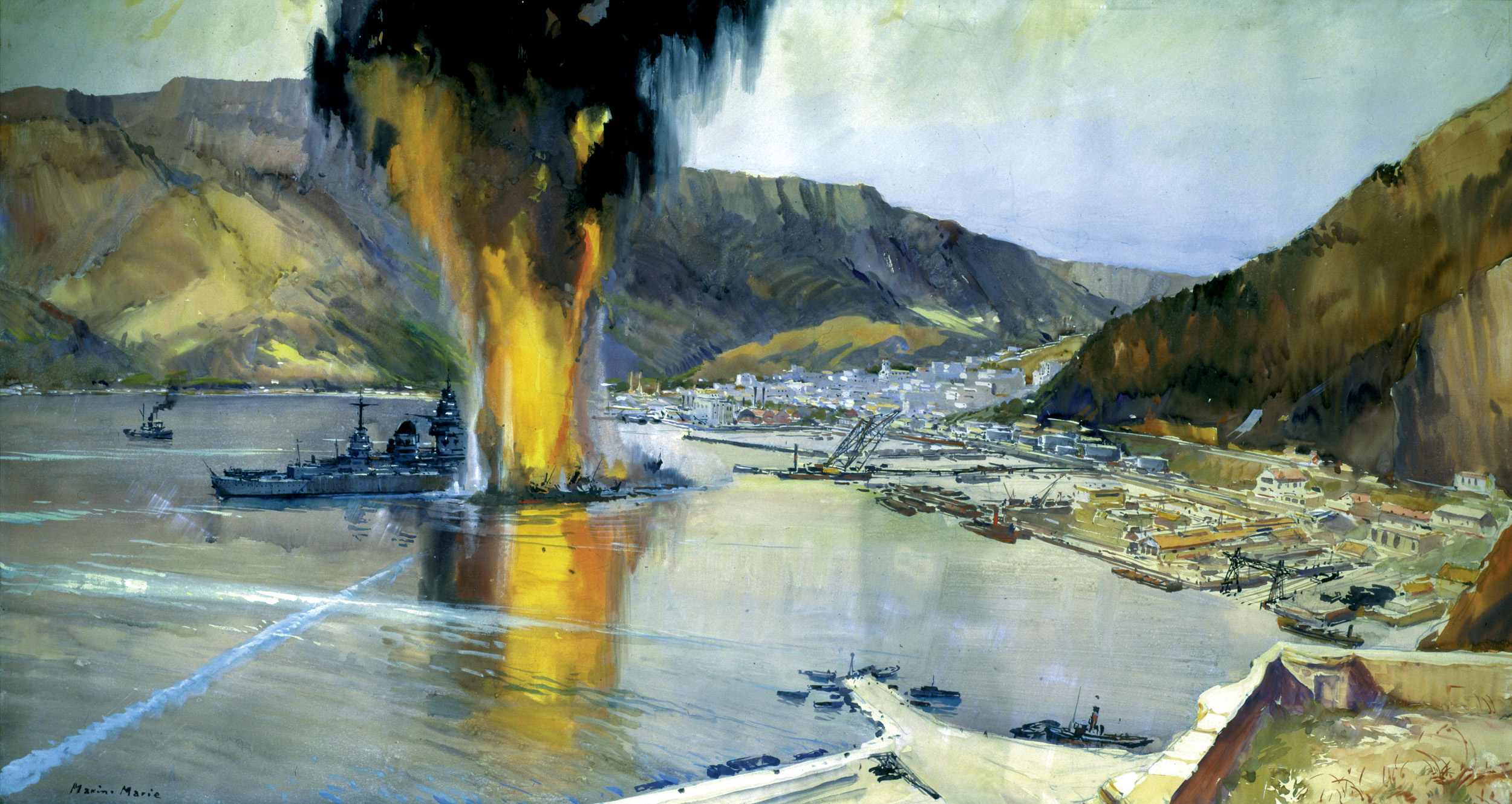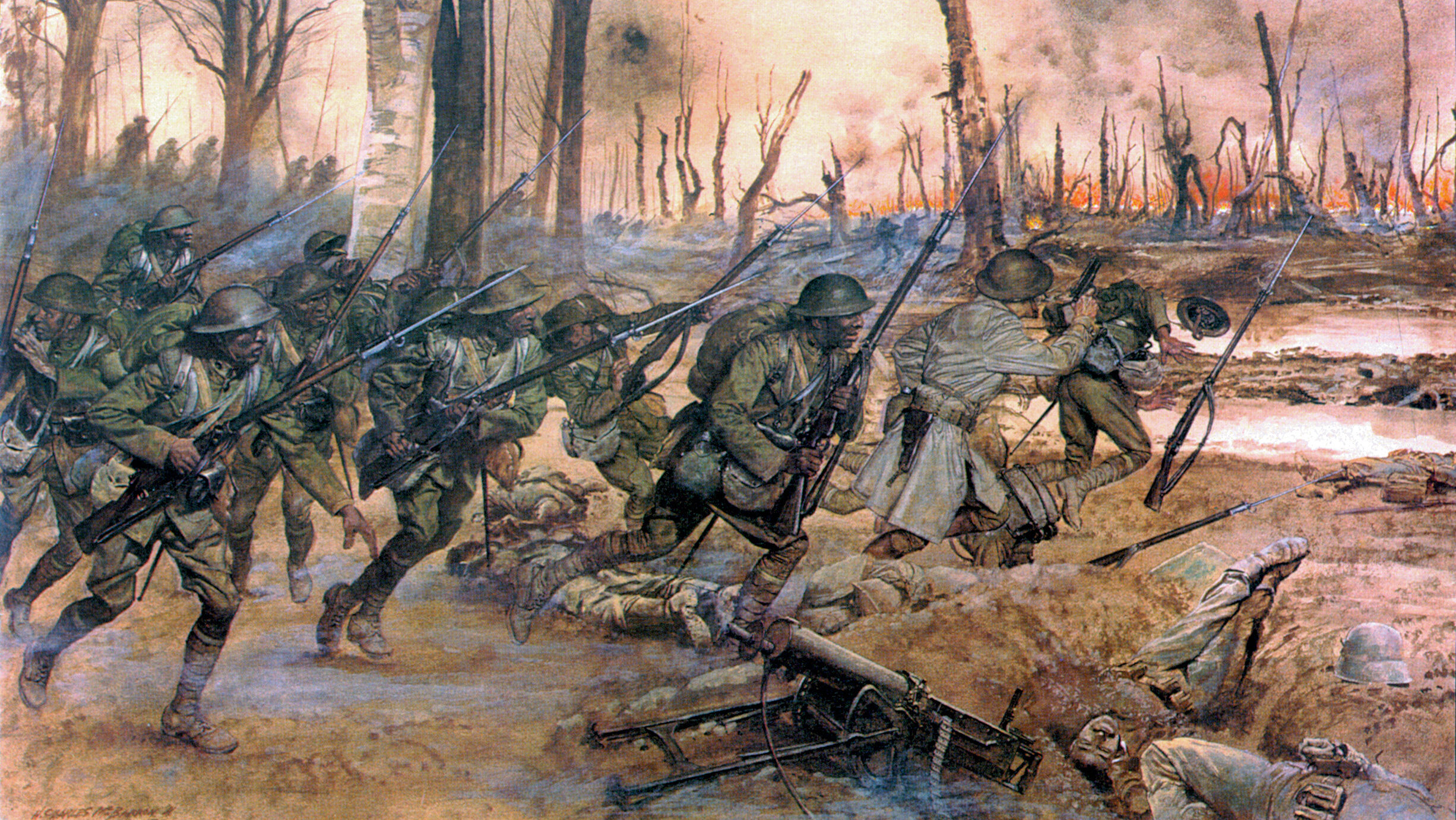By Peter McQuarrie
In August 1942, the 2nd Marine Raider Battalion conducted the Makin Island raid in the Central Pacific. The purpose of the raid was to destroy Japanese installations on the island, gather intelligence, and to test the raiding tactics of the U.S. Marines. If successful, the raid would also boost home front morale. The plan was for 211 men from the 2nd Battalion, led by Lt. Col. Evans F. Carlson, to land at night from two submarines, USS Argonaut and USS Nautilus. They would neutralize the small Japanese garrison and destroy equipment before leaving the island and returning aboard the submarines.
Unfortunately, nine raiders were left behind on the island after the raid, and the submarine crews did not realize it until it was too late to return to rescue them.
As told from Japanese sources, this story relates the capture of the nine men on Makin, their interrogation, transfer to Kwajalein Atoll, and the reason why they were executed there. The Japanese record of Carlson’s raid begins after most of the raiders were on their way home to Hawaii, believing they had lost 30 men in battle and that all of them had died on Makin Island.
Taniura Hideo’s Accounts: What Happened to the Captured Marines
Since 1940, Lieutenant Taniura Hideo had been a squad leader of the Japanese 6th Defense Force stationed on Kwajalein in the Marshall Islands. Immediately after Carlson’s raid, he was deployed to Makin with reinforcements for the decimated Makin Defense Force. Taniura and his platoon of reinforcements traveled by patrol boat from Truk in the Marianas Islands, arriving at Makin on August 23, six days after the raid. They set about identifying and cremating the Japanese bodies, the ashes of which were then buried in a mass grave. Then they buried the bodies of the 21 dead U.S. Marines and erected a marker labeled “grave of unknown American soldiers.” The nine living U.S. Marines were brought to the burial site so that they could pay respect to their fallen comrades. Taniura’s next task was to interrogate these nine abandoned Marines.
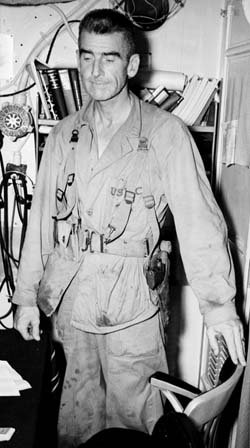
In his memoir, Taniura recorded the accounts given to him by two of the Marines. According to Taniura’s record, four of the raiders had thought surrender would be their best option, and they had done so by making their way to the lagoon shore and waving to a Japanese seaplane that was anchored in the lagoon. The remaining five raiders had opted to try to escape. Under cover of darkness, they took the small trading yacht Kariamakingo, owned by the local branch of the NBK (Nanyo Boyeki Kabushiki Kaisha, or South Seas Trading Company), which was the only Japanese trading company operating in the Gilbert Islands in prewar times. The boat was tied alongside Kings Wharf with nobody aboard.
They left the wharf in the yacht. Even in the darkness, they believed they could see a passage out of the lagoon on the western side of the atoll, and they steered toward it. There are several gaps through which a small boat may pass to gain access to the ocean, all of them on the western side of the atoll. But there are also many places where the reef is close to the surface with insufficient depth of water for a boat to clear it. They ran aground on such a patch of reef and abandoned ship, swimming and wading until they made it to shore. The next morning, Japanese soldiers arrived, and they were captured.
Mistaken Identity at Keuea Village
About this time, Taniura arranged for medical care for the people of Keuea Village who had come under attack from Japanese bombers. He had been alerted to this need by Kanzaki Chojiro, the NBK manager, who had reported that a village on the eastern side of the island had received a random bombing attack by Japanese aircraft, killing and injuring a considerable number of villagers. Taniura dispatched two military doctors who provided medical service to the village for two days.
The attack had come on the morning of August 18, after the Americans had escaped on the yacht from the area around Butaritari Village, the main settlement on Makin. Japanese planes had bombed and strafed Keuea Village, 10 miles to the northeast. It is unclear why Keuea was selected as a target, but it seems that the Japanese mistakenly believed that the Marines were sheltering there. It was a disaster for the small village.
Taniura arranged for the nine prisoners to be transported to Kwajalein in the Marshall Islands to the north. There, they were imprisoned at the 6th Naval Base Headquarters for approximately six weeks until executed on October 16. The Japanese explanation as to why and how these prisoners were put to death is as follows.
In September, an inspection mission was sent out by Tokyo, the Southern Defense Inspection Mission, which visited several Japanese bases in Micronesia. They completed inspections at various islands, including Wake Island, Truk, and Tarawa, before reaching Kwajalein on October 14, two days before the execution of the nine prisoners. The mission was headed by Lt. Cmdr. Okada Sadatomo, who was accompanied by Ida Hideo, from the 4th Fleet.
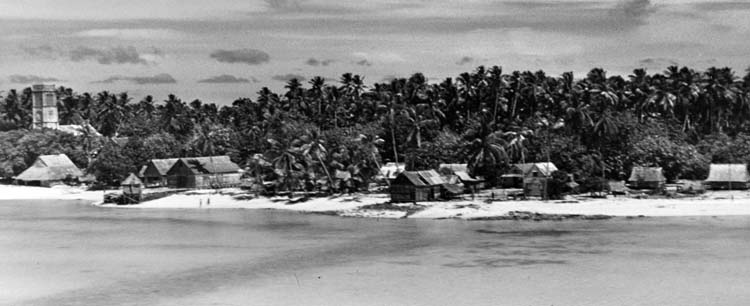
According to an account related by Hayashi Koichi, who was Admiral Koso Abe’s chief of staff at Kwajalein, there was anticipation of a large-scale attack against Kwajalein. Commander Abe therefore wanted an early decision on what was to be done with the nine American prisoners and, seeking advice, had made the following suggestions to Japanese Naval General Headquarters: send the prisoners to a relatively safe location within the control of the 4th Fleet, send them to mainland Japan, or execute them locally by an appropriate method.
Executions on the Western Shore of the Kwajalein Atoll
No reply was received, and so Abe sent another request seeking an urgent decision.
The matter was discussed when the visiting mission arrived on October 14, and Abe was informed by Okada that with regard to the three suggested options for dealing with the prisoners, General Headquarters had responded that transport was extremely difficult at the time and, furthermore, it was impossible to estimate the area of large-scale advancement of U.S. forces; under the circumstances, transfer to Japan from a distant location such as Kwajalein was impossible; therefore, there was no option other than to dispose of the prisoners locally.
Commander Abe, therefore, believed he had only one option. Two days later, at 9 am on October 16, 1942, an open area near the western shore of Kwajalein Atoll was selected for the executions. The nine prisoners were brought by truck, hands tied behind their backs and blindfolded. Master swordsmen from among the Marshall Islands Area Defense Unit were selected as the executioners. These men were all veterans of the Shanghai Special Naval Landing Force. The executions were performed according to Japanese tradition, and the bodies were buried in a pit with local wild flowers offered to the spirits of the deceased.
After the war ended, this matter of the disposal of prisoners became an issue for war crimes investigators. At a U.S. Navy tribunal held on Guam on May 15, 1946, Commander Abe was sentenced to death. Navy Commander Ohara, who was in command at the execution site, received a sentence of 10 years imprisonment, and Navy Lt. Cmdr. Uchiki, who had transported the prisoners to the execution site, got five years imprisonment.
This story clearly shows the different attitudes of the Japanese and Americans toward the rights of prisoners of war, their treatment, and the “right” of the captors to execute them. The following is an example of how incorporating Japanese and local peoples’ information into the otherwise American narrative can shed new light on the story.
The Real Story of the Makin Island Raid
The events of the U.S. Marines’ attack against the Japanese Navy garrison during the Makin Island raid has been well covered in books and magazines. The attack, which occurred on August 17-18, 1942, was designed to draw attention away from another U.S. Marine attack on Guadalcanal in the Solomon Islands.
Not so well known is that on the afternoon of the first day of the Makin Island raid, Carlson’s Raiders gave up all hope of being able to get away from the island and attempted to surrender. There is still some uncertainty over how the surrender overture was delivered to Japanese military forces and how they responded.
By using Japanese and Gilbert Islands sources of information in addition to American sources, it is now possible to clarify the matter.
The raid had been moderately successful. Although the raiders had lost 30 men, they had killed approximately 46 Japanese. They had also gained experience in atoll warfare and submarine troop transport. But when the time came to withdraw and return to the waiting submarines, there was a problem. They could not get over the reef to the deeper water where the submarines were. The high tide and surf worked against their rubber boats, washing them back onto the beach.
The Raiders became desperate and believed they could not escape. Carlson thought that there were many Japanese left alive on the island, but he overestimated the strength of his enemy. Japanese sources tell us that, at that time, there were only 27 Japanese survivors and that they were in hiding, widely scattered along the atoll to the east. One of Carlson’s officers (and it is unclear which one) suggested surrender, and after some discussion, Carlson endorsed the proposal, unaware that there really was no one to surrender to.
Captain Ralph H. Coyte was given the responsibility of making the surrender plea. He wrote a surrender note and then set out with his runner, Private William McCall, to contact the Japanese and deliver the message. What happened next is unclear, as American and Japanese versions differ.
In his book Forgotten Raiders of ’42, Tripp Wiles writes: “Surprisingly, Coyte and McCall were able to find a living Japanese soldier and pass on the message without getting killed. The soldier was shot soon afterwards, and the message was most likely recovered several days later.” Wiles wrote this based on his own research, considering what others had previously written on the subject. It has become the accepted version of the events.
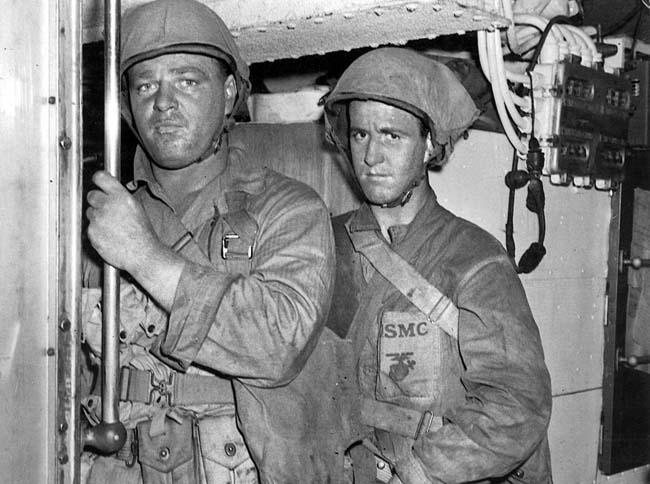
Japanese Lieutenant Taniura Hideo describes the delivery of the note in his memoir. He states that Coyte entrusted the note to an islander who took it to the Japanese headquarters, which was located in the Chinese On Chong Trading Company building. When he found the building deserted, he took the note to Emily Hugill, who had a trading store in Ukiangang Village. Emily was originally from the island of Abaiang, 100 miles south of Makin. She was part European and could read English.
A few days later, when calm had returned to the island, Emily passed the surrender note to Kanzaki Chojiro, the manager of the NBK (South Sea Trading Company). Kanzaki had lived on the island for years, was also married to a part-European woman, and no doubt was a Japanese person who Emily knew well and trusted. When Lieutenant Taniura came to Makin bringing reinforcements for the decimated Makin Defense Force, Kanzaki delivered the note to him.
This incident occurred on August 23, the day that Taniura arrived on the island. And so, five days after the Makin Island raiders had left the island, their surrender note was finally delivered to a Japanese officer.
Author Peter McQuarrie is a first-time contributor to WWII History. He resides in New Zealand.
